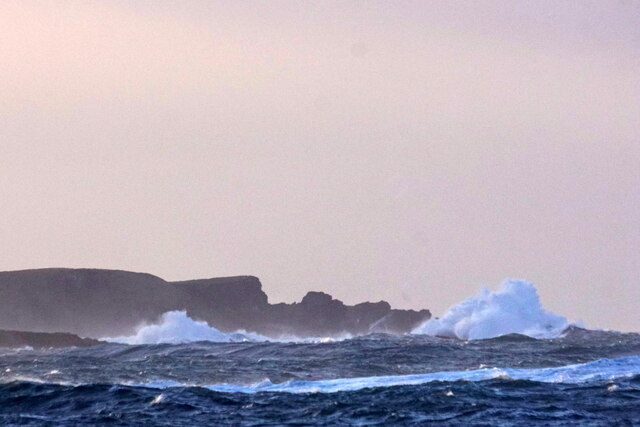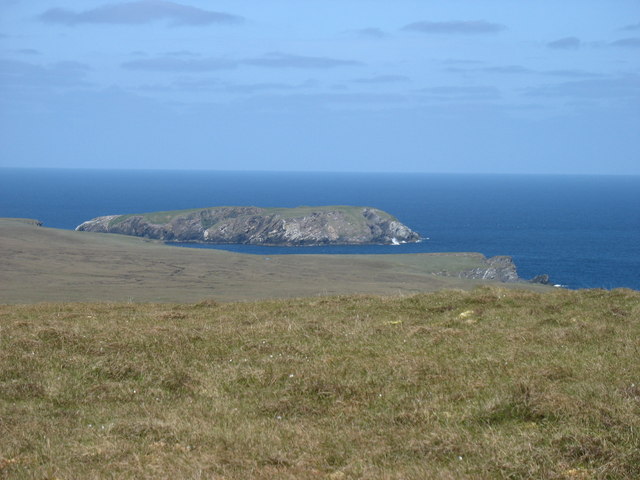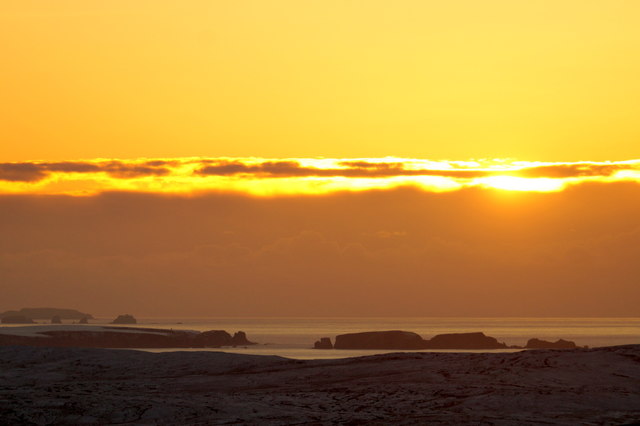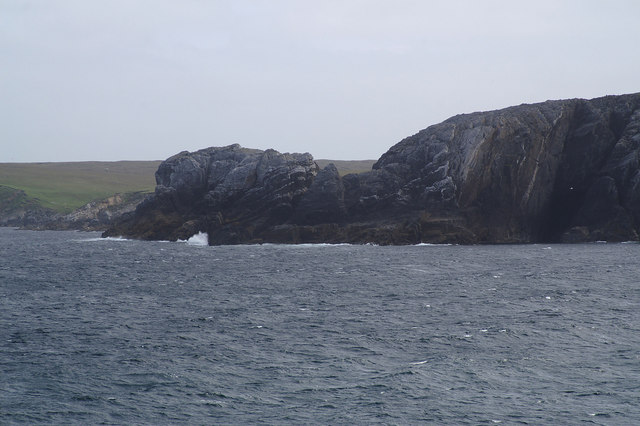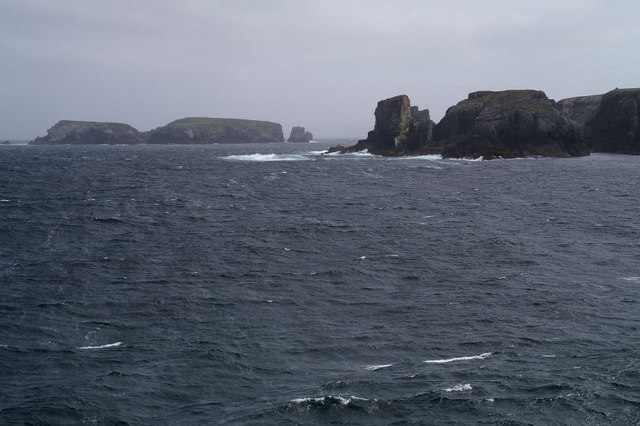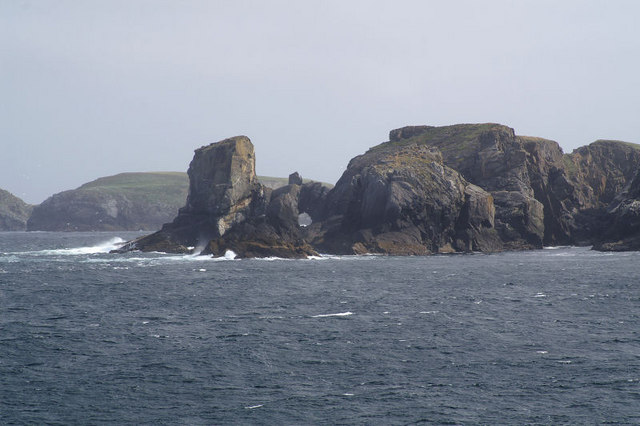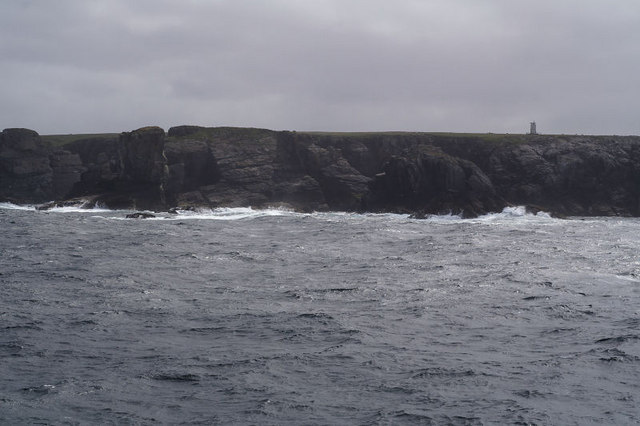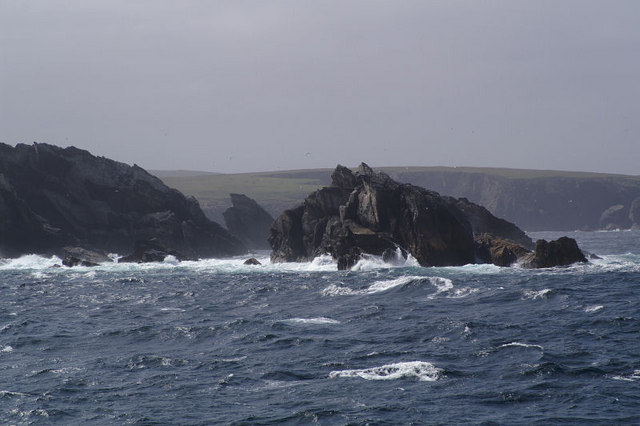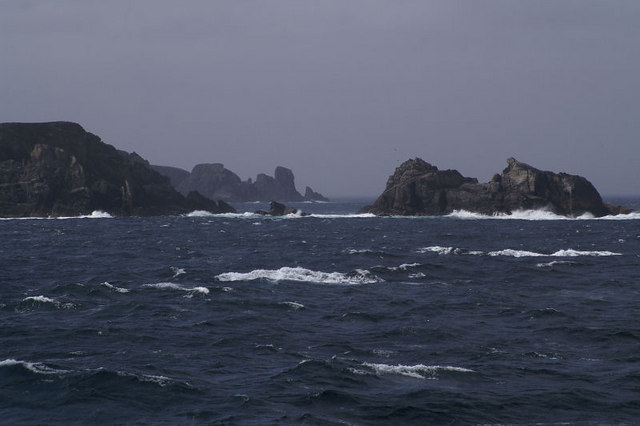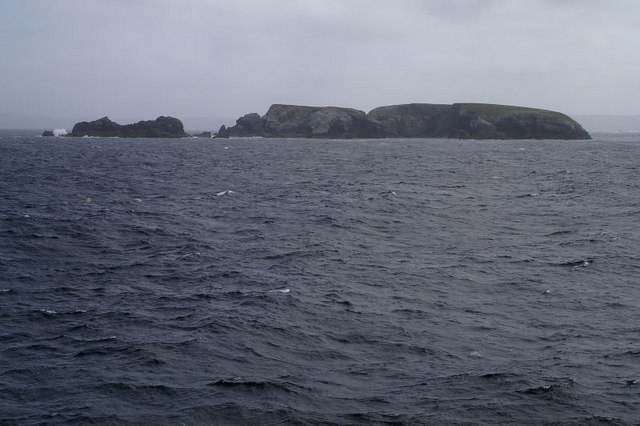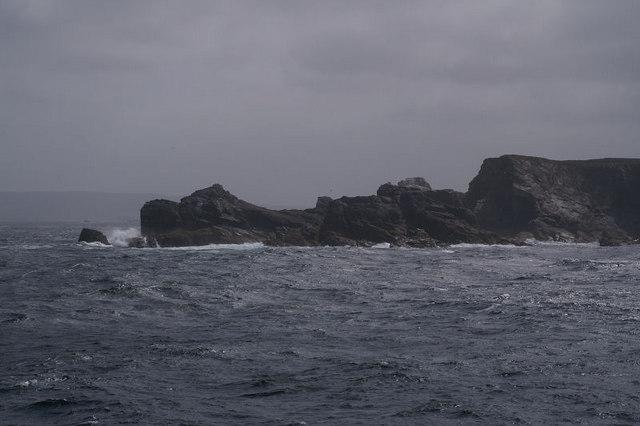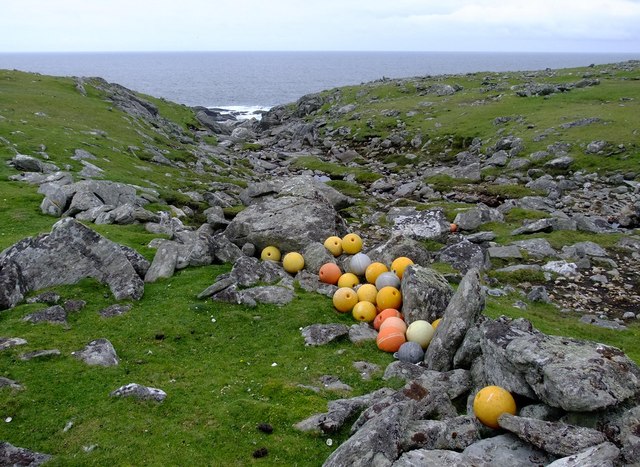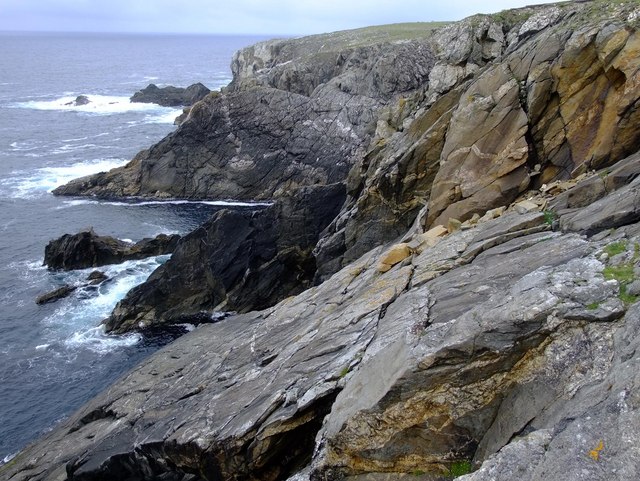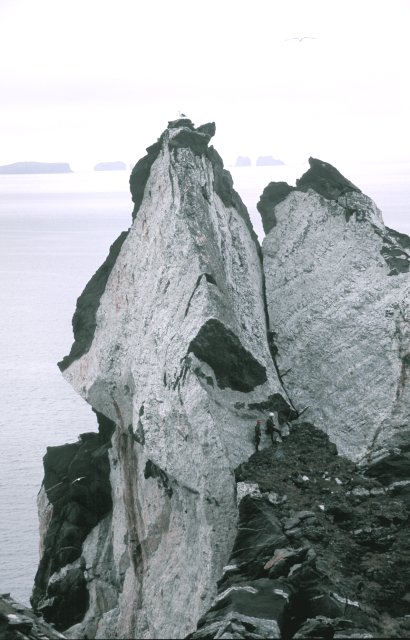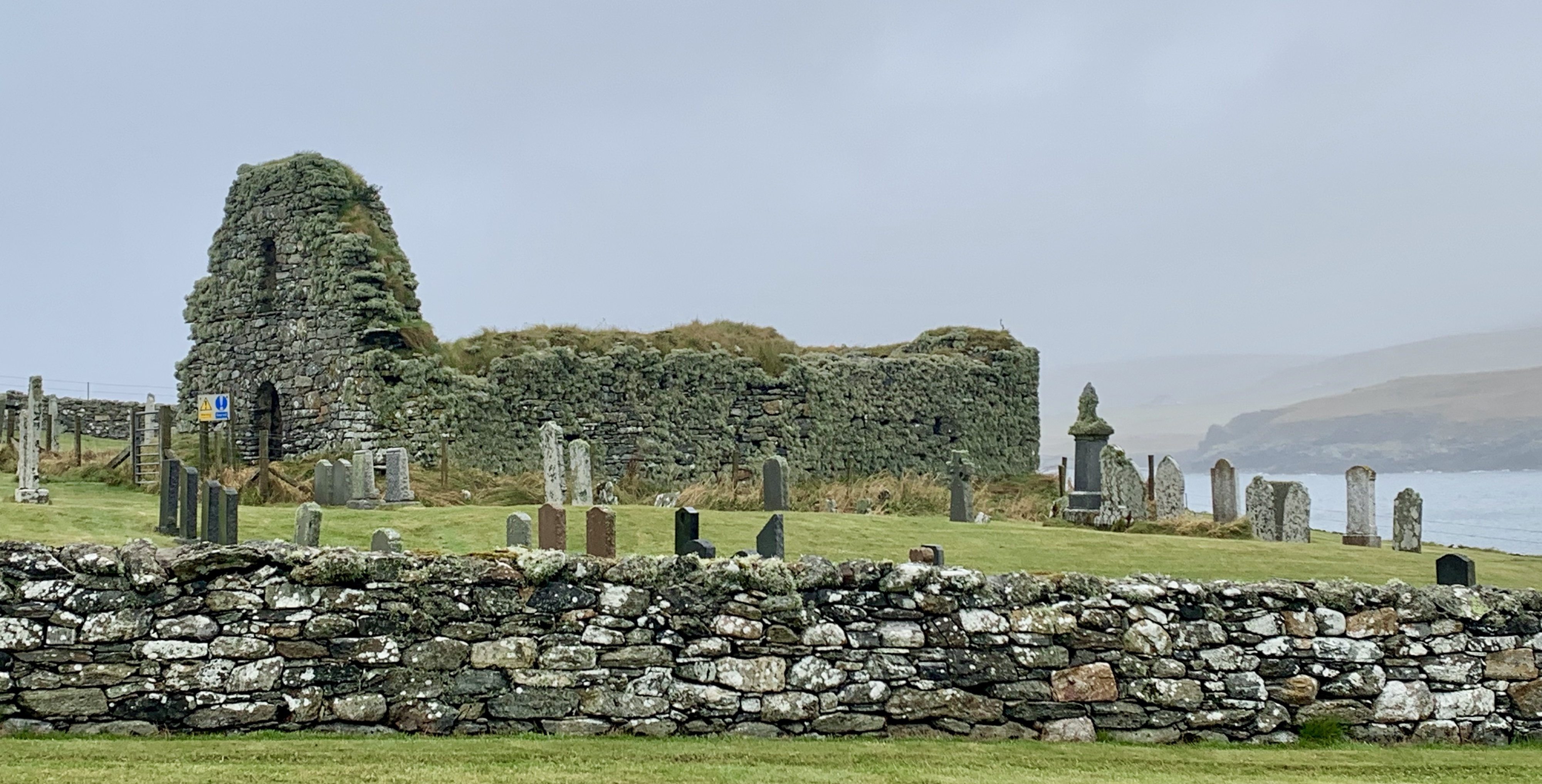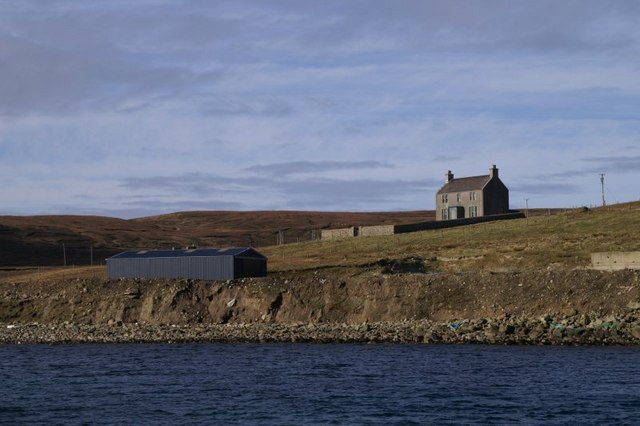Aastack Geo
Coastal Feature, Headland, Point in Shetland
Scotland
Aastack Geo
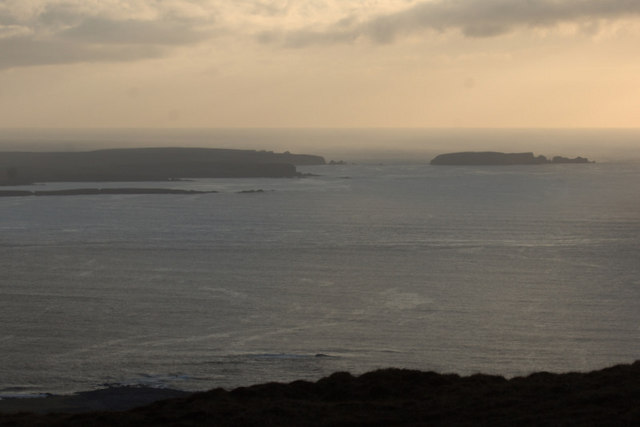
Aastack Geo is a prominent coastal feature located in the Shetland Islands, an archipelago in Scotland. Situated on the western coast of the mainland, Aastack Geo is primarily characterized as a headland or point, jutting out into the North Atlantic Ocean. The name "geo" is derived from the Old Norse word meaning "inlet" or "cleft," indicating the geological formation of this coastal feature.
Aastack Geo is known for its striking cliffs that tower above the sea, providing a dramatic and picturesque view. The cliffs are composed of sedimentary rocks, showcasing layers of sandstone and shale that have been shaped by years of erosion caused by the relentless waves crashing against them. This erosion has also contributed to the formation of several sea caves and natural arches along the coastline.
The headland is a popular spot for nature enthusiasts and photographers due to its unique geological formations and abundant wildlife. Visitors can often spot various seabirds such as puffins, razorbills, and fulmars nesting on the cliff faces. The surrounding coastal waters are also home to a diverse range of marine life, including seals, dolphins, and porpoises.
Aastack Geo is accessible via a footpath that winds along the coastline, providing stunning views of the surrounding rugged landscape. The area is protected as part of a nature reserve, ensuring the preservation of its natural beauty and wildlife.
If you have any feedback on the listing, please let us know in the comments section below.
Aastack Geo Images
Images are sourced within 2km of 60.723118/-1.125594 or Grid Reference HP4704. Thanks to Geograph Open Source API. All images are credited.
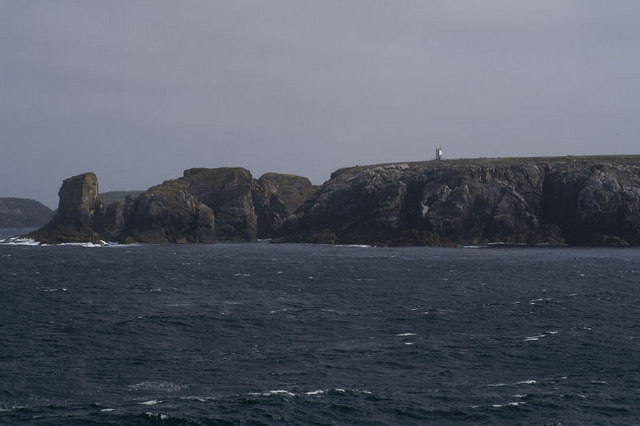
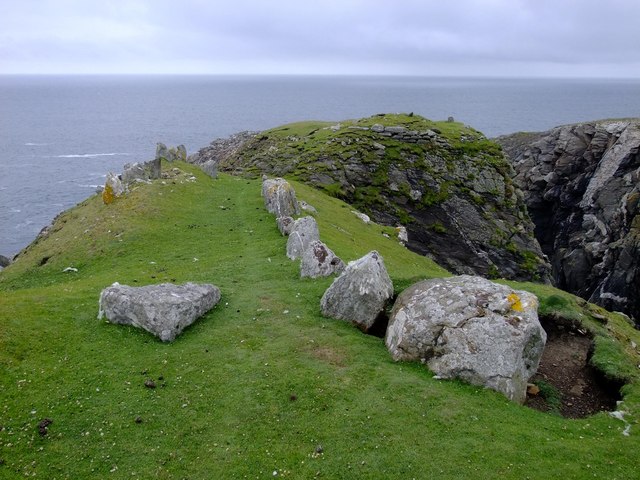
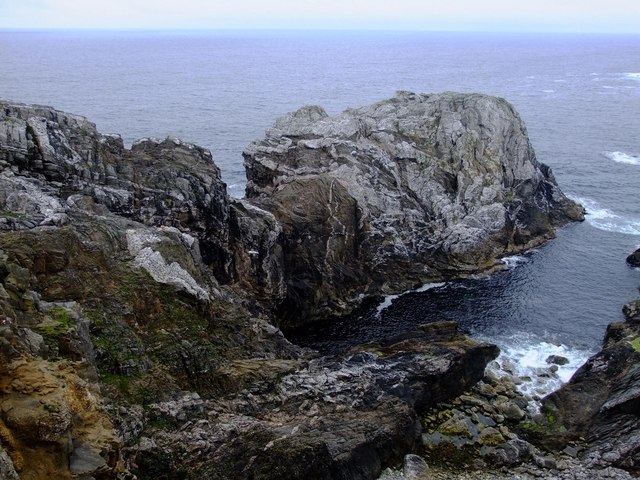
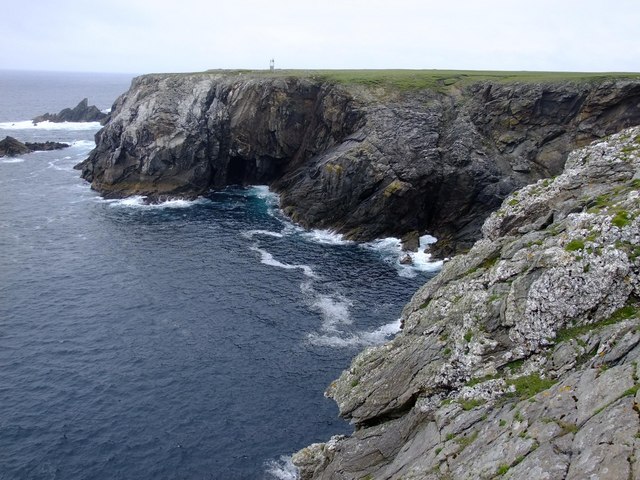
Aastack Geo is located at Grid Ref: HP4704 (Lat: 60.723118, Lng: -1.125594)
Unitary Authority: Shetland Islands
Police Authority: Highlands and Islands
What 3 Words
///retaliate.friends.format. Near Gutcher, Shetland Islands
Nearby Locations
Related Wikis
Gloup
Note: Gloup is common in Scottish placenames referring to a sea jet. Gloup is a village in the far north of the island of Yell in the Shetland Islands...
Gloup Holm
Gloup Holm is an islet in the Shetland Islands, lying to the north of Yell. == Geography and geology == Gloup Holm is near to the part of Yell called North...
Cullivoe
Cullivoe (Old Norse: Kollavágr - Bay of Kolli), is a village on Yell in the Shetland Islands. It is in the north east of the island, near Bluemull Sound...
Ern Stack
Ern Stack is a sea stack off Yell, in Shetland, Scotland. The word "ern" means an eagle (it is a cognate of, for example, Swedish "örn"), and it is said...
Bluemull Sound
Bluemull Sound is the strait between Unst and Yell in Shetland's North Isles. A ferry service crosses it regularly. Cullivoe is on the Yell side, and the...
St Olaf's Church, Unst
St Olaf's Church, Unst is a ruined medieval church located on the island of Unst, in Shetland, Scotland, UK. The church was built in the Celtic style,...
Brough Holm
Brough Holm is a small island off Unst, in the North Isles of Shetland. It is off Westing, which as the name implies is on the west coast of Unst. The...
Gutcher
Gutcher is a settlement on the northeast coast of Yell in the Shetland islands. From here, rollon/roll off ferry services to Belmont on Unst and Hamars...
Nearby Amenities
Located within 500m of 60.723118,-1.125594Have you been to Aastack Geo?
Leave your review of Aastack Geo below (or comments, questions and feedback).
